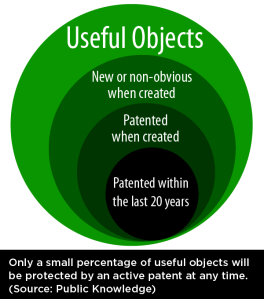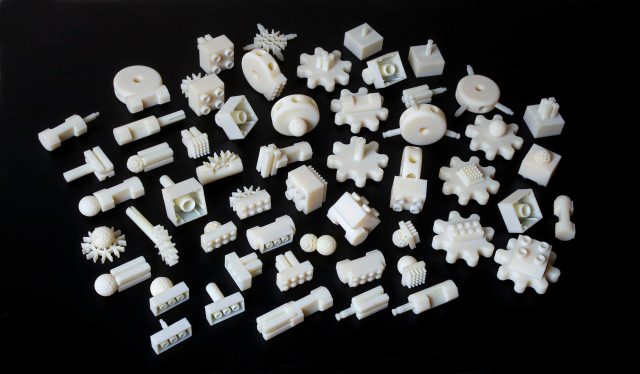Editor’s note: Michael Weinberg is vice president at Public Knowledge where he focuses primarily on copyright, issues before the FCC and emerging technologies like 3D printing. Follow him on Twitter @mweinbergPK.
Mashups are one of the great art forms of our time. Easy and accessible digital tools have allowed anyone to remix videos, music and photographs into their own original works: Mashup culture has produced fantastic music, critical video, and delightful cultural artifacts of all kinds.
 However, mashups are ultimately limited by the nature of their source material. The types of things that mashups draw from – videos, music, photos – are also the types of things that are protected by copyright, which means mashup creators need to take copyright into account when creating their works. Sometimes, because of rules such as fair use, the creator does not need permission from the person who owns rights to the source material. Other times, mostly because the work falls outside of the scope of fair use, the creator does need permission. The requirement for permission inevitably prevents some mashups from being seen by a wide audience and makes it harder for creators to make money.
However, mashups are ultimately limited by the nature of their source material. The types of things that mashups draw from – videos, music, photos – are also the types of things that are protected by copyright, which means mashup creators need to take copyright into account when creating their works. Sometimes, because of rules such as fair use, the creator does not need permission from the person who owns rights to the source material. Other times, mostly because the work falls outside of the scope of fair use, the creator does need permission. The requirement for permission inevitably prevents some mashups from being seen by a wide audience and makes it harder for creators to make money.
Enter 3D Printing
There are plenty of reasons to be excited about 3D printing, but one of them is that it moves beyond the world of things protected by copyright. When you step away from your computer screen and look around, you realize that the physical world – the real world – is full of real, physical things that are not protected by copyright. In fact, the world is full of things that are not protected by any sort of intellectual property right at all. That means that you can take them and do whatever you want with them. And that includes mashing them up.
One of the best examples of this so far is the Free Universal Construction Kit (below). The kit remixes 10 different construction toys into adaptors that make them interoperable. These toys are functional objects so they are outside of the scope of copyright. While some of them were patented when they first came to market, patents only last 20 years. That means that most of the toys are no longer protected. As long as you stick with the toys that are no longer protected by patent, you can remix them to your heart’s content.
The Free Universal Construction Kit is just the beginning when it comes to remixing things. Easy-to-use tools like meshmixer allow people to remix things just as easily as they remix songs or videos. And unlike those songs or videos, many of the things will not be protected by copyright.
One of the keys to this next generation of mashups will be a strong understanding of how copyright interacts with physical objects. While copyright will not protect functional objects, it will protect decorative ones. Understanding functional vs. decorative will mean the difference between a mashup encumbered by copyright and a mashup that is in the clear.
Public Knowledge’s latest whitepaper, What’s the Deal with 3D Printing and Copyright? should help everyone begin to understand what is protected by copyright and to start thinking about what is not protected by copyright. That second category includes a lot of things just waiting to be remixed and mashed up.
[Image: F.A.T. – Free Art & Technology]
